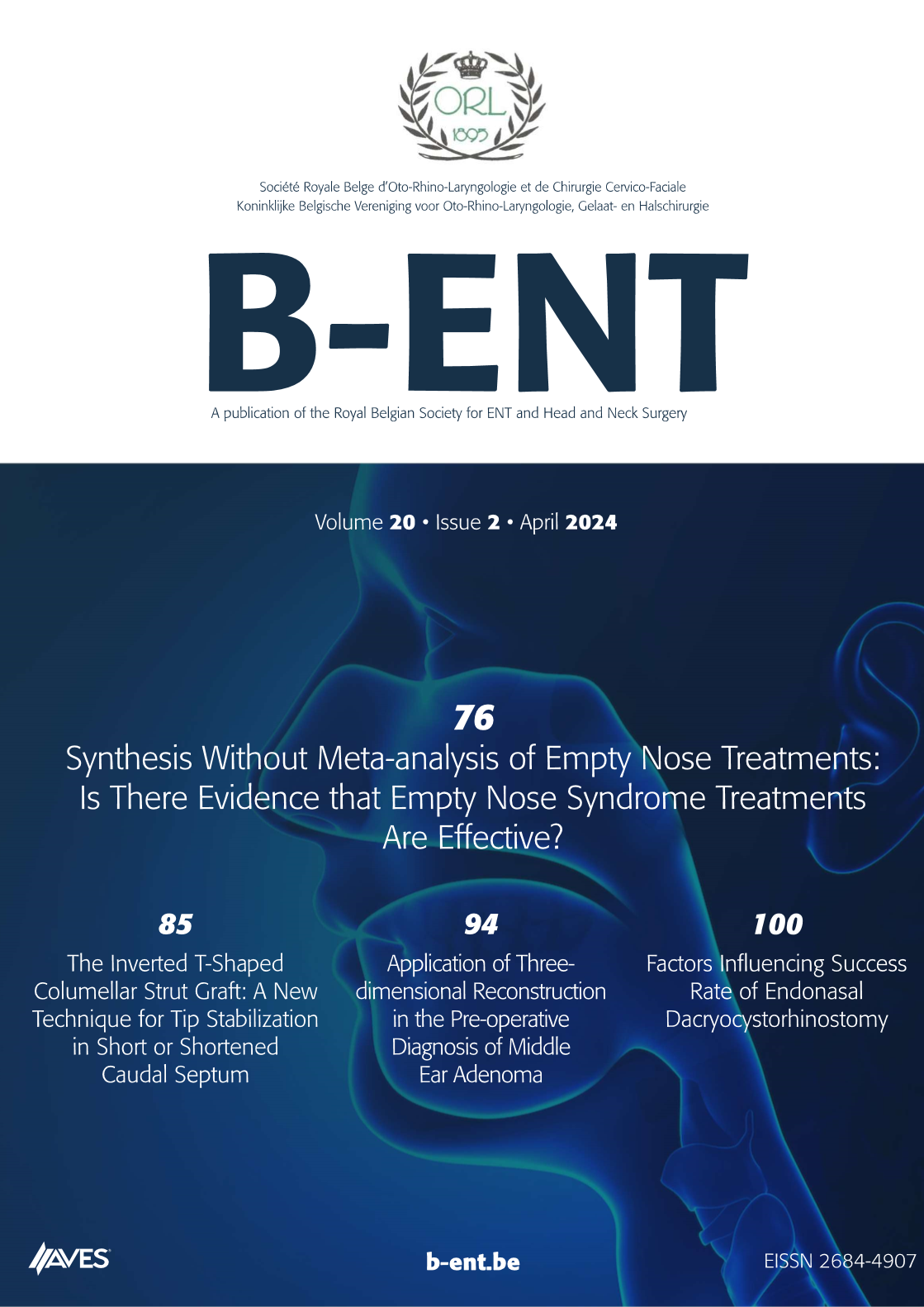Temporomandibular joint involvement in rheumatoid arthritis: correlation of clinical, laboratory and magnetic resonance imaging findings. Objective: Rheumatoid arthritis is a systemic autoimmune disorder that involves many body joints including the temporomandibular joint. The frequency of temporomandibular joint involvement based on clinical and radiological findings is rather diverse and involvement may manifest as pain, restricted range of movement and locking of the joint. The aim of this study is to investigate and correlate the clinical, laboratory and magnetic resonance imaging findings in patients with rheumatoid arthritis.
Methodology: The temporomandibular joint involvement in 43 patients with rheumatoid arthritis, whose diagnoses were based on the revised 1987 criteria of the American College of Rheumatology, were evaluated using clinical examination, laboratory findings and magnetic resonance imaging.
Results: Temporomandibular joint involvement was clinically observed in 28 patients (65.1%), and radiologically in 33 patients (76.7%). The most frequent physical examination finding, a “click” in the joint upon opening of the mouth, was found in 21 (48.8%) patients. The most frequently observed radiological finding was synovial proliferation seen in 22 (51.1%) patients. A statistically significant correlation was observed between erythrocyte sedimentation rate and the findings on magnetic resonance imaging; between the rheumatoid factor results and physical examination findings; and between the findings of the physical examination and magnetic resonance imaging.
Conclusion: The erythrocyte sedimentation rate, the rheumatoid factor results, and the findings on magnetic resonance imaging were found to be important in indicating temporomandibular joint involvement in rheumatoid arthritis. Further studies are necessary to specify the risk factors in more detail.



.png)
